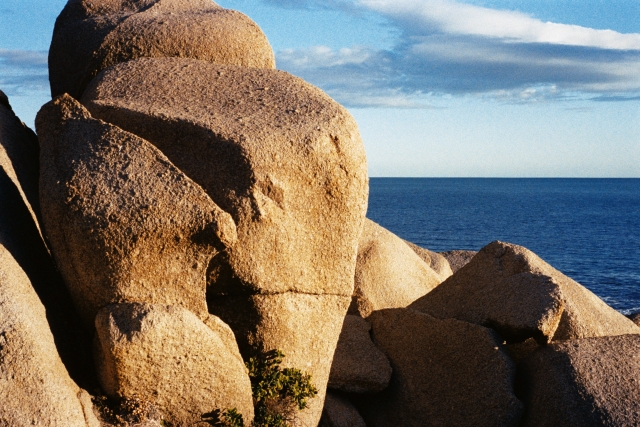
'An aphorism, properly stamped and molded, has not been "deciphered" when it has simply been read; rather one has then to begin its interpretation, for which is required an art of interpretation.' -- Nietzsche, 'On the Genealogy of Morals'
|
|
'An aphorism, properly stamped and molded, has not been "deciphered" when it has simply been read; rather one has then to begin its interpretation, for which is required an art of interpretation.' -- Nietzsche, 'On the Genealogy of Morals'
|
|
|
seeing machines
« Previous |
|Next »
|
|
|
July 28, 2014
I lost contact with the Still Searching blog on photography hosted by Fotomuseum. The blog sees itself as a
continually developing, growing and decidedly interactive Internet discourse on the medium of photography that features a multitude of participants; it is conceived as an online debate on forms of photographic production, techniques, applications, distribution strategies, contexts, theoretical foundations, ontology and perspectives on the medium. It explores photography’s role as a seminal visual medium of our time—as art, as a communication and information tool in the context of social media or photojournalism, and as a form of scientific or legal evidence.
Coming back to it I notice a series of posts by Trevor Paglen that starts here with Is Photography Over? Paglen says that:
In order to have anything to curate, critique, or discuss, a very small slice of the photographic landscape has to be carved out and isolated for discussion, such as “fine-art” photography, “documentary” photography, “historical” photography, even “analog” photography. As a consequence of narrowing the objects of inquiry so dramatically, he critical discussion around photography ends up inevitably admitting only a very small range of photographic practices into its purview. Consequently, critical discussions take shape around a small range of photographic images and practices which are extreme exceptions to the rule. Photography theory and criticism has less and less to do with the way photography is actually practiced by most people (and as we will see, most machines) most of the time. The corollary to this narrowing of the field is that traditional conversations and problems of photo theory have become largely exhausted. Simply put, there is probably not much more to say about such problems as “indexicality,” “truth claims,” “the rhetoric of the image,” and other touchstones of classical photography theory
Photography,” as it has been traditionally understood in theory and practice, has undergone a transition – it has become something else, something that’s difficult to make sense of within the existing analytic framework.
Paglen then asks: if a traditional understanding of “photography” is ill-suited to making sense of the 21st Century’s photographic landscape, then how do we begin to think about what “photography” has become and is becoming?
He answers by developing an expanded definition of photography, and exploring the implications of that expanded definition.The expanded idea is photography as seeing machines.:
Seeing machines includes familiar photographic devices and categories like viewfinder cameras and photosensitive films and papers, but quickly moves far beyond that. It embraces everything from iPhones to airport security backscatter-imaging devices, from electro-optical reconnaissance satellites in low-earth orbit, to QR code readers at supermarket checkouts, from border checkpoint facial-recognition surveillance cameras to privatized networks of Automated License Plate Recognition systems, and from military wide-area-airborne-surveillance systems, to the roving cameras on board legions of Google’s Street View” cars.
The idea of seeing machines helps us to see what photography, as it is actually practiced in the world now, has become.
|
|
|
| | Posted by Gary Sauer-Thompson at 8:37 PM | Permalink |
|
|
|
|
|
|
|
